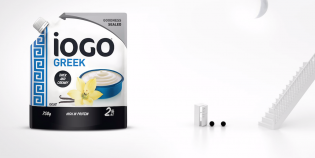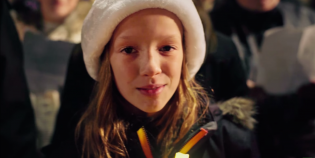In a country where electricity is unreliable in large regions and consumer confidence is understandably shaken, there are marketing efforts afoot to get Japan’s economy restarted with more positive messages of recovery. However, those efforts are often hampered by smartphone apps interrupting meetings, warning of more tremors.
This is the new normal emerging in Japan after the March 11 earthquake.
Faced with electricity cuts of up to 25% through at least the end of September, Tokyo’s famous digital billboards have been dimmed or switched off and Tokyo Disneyland can’t keep all its roller coasters operating. No one knows how urban office workers will cope with scarce air conditioning during the steamy summer, given the high cultural value placed on face time and the lack of a work-from-home mentality despite high-speed internet connections and state-of-the-art smartphones.
“There are concerns that the impact of the Great East Japan earthquake and subsequent power shortages will cause a downturn in corporate activities and consumer confidence,” said Dentsu, Japan’s biggest agency group, in a statement last week. Its net sales fell 7.4% in March and 6.4% in April.
“Against the backdrop of this economic outlook, the Japan Center for Economic Research forecasts advertising expenditures in Japan to decrease 5.1% year-on-year during the fiscal year ending March 31, 2012.”
Right now 74% of Japanese people are confident about Japan’s capability for fukkatsu, or recovery, down slightly from 80% just after the disaster as concerns about the economy have sunk in, according to two rounds of research in March and April by McCann Worldgroup in Japan.
“Advertising and marketing have not returned entirely to the way it was before the earthquake and tsunami, but day-by-day we are moving back toward something more normal,” said Ryo Matsuzaki, an account manager at independent ADEX Nihon Keizai Advertising/ICOM. “Although a number of companies are still in a wait-and-see mode in regard to their budgets and spending, overall spending is recovering.”
He said that by April, 85% of his agency’s clients were back on TV.
Consumers may find the return of advertising a relief, since commercials were pulled after the disaster and broadcasters replaced them with public-service ads that viewers quickly tired of.
“They only had about three commercials [and] the government told Dentsu to make a bunch of commercials fast,” said Dave McCaughan, regional director of strategic planning at McCann World Group Asia Pacific. “[Viewers’ reaction was] we don’t want to see one of these [Ad Council] productions ever again, we want to see ads.”
Right after the disaster, advertisers scrambled to make sure their spots were officially canceled in writing. Otherwise the time slots had to be paid for even if the ad didn’t run.
Now ads are back, but they are carefully vetted for appropriateness. When a new moisturizer was launched, the campaign didn’t include one of the ads that showed a woman floating in water, which was judged not to be a good image in a country recovering from a tsunami.
“There has been a change recently in the tone of creative in advertising,” Matsuzaki said. “Most of the references to disaster are gone, and instead there are more cheerful and supportive messages.” He cited a Suntory campaign that cast celebrities singing a song that first cheered the nation decades ago as Japan rebuilt after World War II.
Retail sales in Japan fell 8.5% in March, compared to the previous year, and department store sales plunged by 15.4%, Matsuzaki said. Convenience stores and supermarkets saw sales rise as demand soared for nonperishable food, mineral water, and other emergency supplies, and consumers hoarded their purchases, he said.
“Some ‘escape’ activities are playing an important role in the recovery to help people forget the sadness in their hearts,” he added. “Tokyo Disneyland re-opened to big crowds.”










